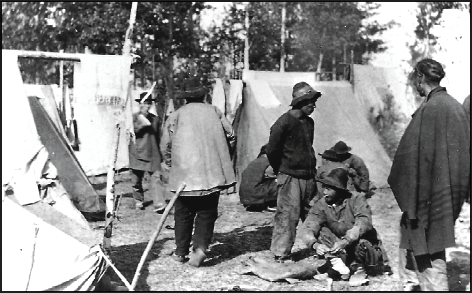

Image 1: Thousands of Chinese men lived in camps such as this while working on the Fraser Canyon section of the Canadian Pacific Railway.

Image 2: Once the railway work was finished in 1885, Andrew Onderdonk, the contractor, dismissed his crews. Many Chinese workers scrambled to find even low-paying jobs.
Image 3: Living conditions for most Chinese men were cramped and meagre.

Image 4: Shops such as laundries and restaurants employed many Chinese workers. Others took positions as houseboys in white households.
Image 5: The largely “bachelor” Chinese community centred around Pender and Keefer Streets. Many men did have families, but these were often back in China.

Image 6: School children at the Kitsilano Public Library, 1922.
Image 7: Chinatowns existed in other North American cities as well. This fish merchant’s daughter lived in San Francisco’s Chinatown in the early 1900s.

Image 8: Though most Chinese students could not afford higher education, Dr. Victoria Cheung graduated from the Faculty of Medicine at the University of Toronto in 1923, her studies having been paid for by the United Church.
Image 9: The daughter of a janitor sweeps the sidewalk outside the Board of Trade Building on Pender Street.

Image 10: Woodward’s Department Store on Hastings Street.
Image 11: Schools such as this one in Victoria had large populations of Chinese students. An attempt in 1922 to put all such students into separate classes met with strong opposition from the Chinese community.
Image 12: Many whites resented Chinese workers and were delighted with the passage of the Exclusion Act.
Image 13: The Head Tax certificate of Rhoda Chow, who came to Canada from Canton in 1913. Under the Chinese Immigration Act, the certificate cost her family $500.
Image 14: Several Canadian cities (see map) had a significant Chinese population in 1923. Chinese men vastly outnumbered women in the 1920s, as shown in the table (above left) from the 1920 census. The Chinese-speaking population has dramatically increased since then, as shown in the table (above, right) from the 2001 census.